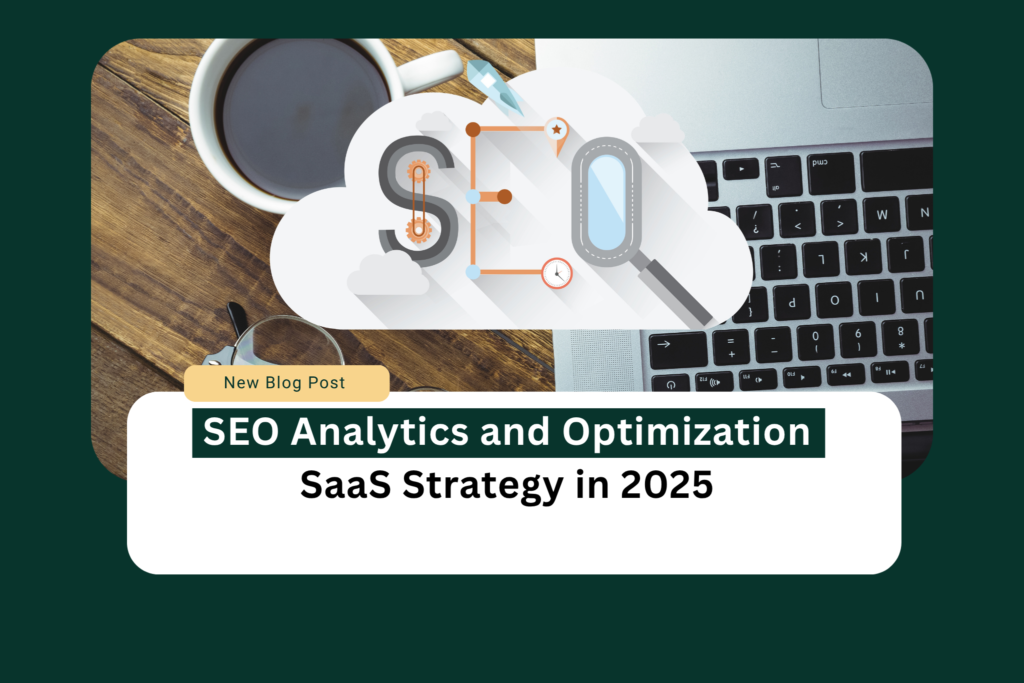Introduction
The digital era has changed social media management software from a helpful tool into an essential requirement for businesses regardless of size. Through their robust platforms, these solutions help businesses handle the complex digital engagement environment by offering post-scheduling tools, performance analysis features, and unified dashboard management capabilities. Social media management software business models have developed new strategies that will drive market growth to $41.7 billion by 2026 based on current industry research.
The Foundation of Social Media Management Software Revenue Streams
The main strategy for monetization in social media management software comes from subscription-based models, which companies have developed multiple approaches to implement. The recurring subscription fee structure proves successful for social media management platforms since they derive 72% of their revenue from this method. Through the subscription model, customers receive scalable solutions that expand as their business needs grow alongside predictable revenue streams.
The tiered pricing structure stands as a fundamental element in these subscription models because it enables social media management software providers to serve various market segments. Basic functionality entry plans serve small businesses and entrepreneurs, but enterprise-level packages featuring advanced features charge higher prices to larger organizations. Strategic market segmentation allows companies to control their revenue streams effectively while attracting clients from various business sizes.
Freemium Strategies: The Gateway to Paid Conversions
Social media management software companies achieved tremendous success through their adoption of the freemium business model innovation. The model provides essential features without charge but keeps premium capabilities restricted to paying customers. The implementation of freemium models by social media management platforms leads to 43% better customer acquisition rates, as reported by Forrester research.
The freemium business model succeeds by minimizing obstacles that customers face during their buying process. People who use the platform first-hand can naturally transition into paying customers because of their firsthand experience. Non-paying users demonstrate value by enhancing network effects while promoting the platform through verbal recommendations and delivering useful usage data that companies use to improve their products.
Enterprise Solutions and Custom Integrations
Social media management software companies evolved into targeting enterprise clients that secure contracts worth more than $50,000 per year. Enterprise solutions encompass advanced security features with deep analytics capabilities and automated workflow functions which increase their price considerably. The enterprise section of social media management platforms reported a compound annual growth rate of 24.8% within the past three years which surpassed small business segment growth according to Gartner research.
The enterprise approach requires customized and integrated services for software providers because they create specific solutions to connect social media management with business platforms including CRM systems, marketing automation tools, and e-commerce structures. The integration services enable new revenue streams for customers and raise their barriers to switch providers which leads to better customer retention and enhanced lifetime value.
The API Economy and Developer Ecosystems
Social media management software businesses that understand the potential of future trends now provide developer platforms that enable external applications to interact with their fundamental services. The strategy turns the software into a core platform that connects various components within an extended system. Social media platforms that utilize robust API offerings generate 35% superior revenue at the customer level compared to systems without developer ecosystems according to PwC research.
These companies expand user value by welcoming developers to their platforms which enables them to charge API access fees, share revenue with developers, and offer certification programs. Platform innovation costs become distributed among the ecosystem participants so the platform can develop new capabilities without assuming complete development expenses.
Data Monetization: The Untapped Frontier
The social media management software sector has found its most important emerging business model in the ethical monetization of aggregated data. Such platforms can change the massive dataset into market intelligence by implementing suitable anonymization techniques alongside privacy controls. The survey conducted by IDC indicates that 38% of social media management software firms started selling data products alongside their main business revenue stream.
The data solutions deliver essential market knowledge about consumer opinions, business developments and competitive market positions which benefit marketers, product developers, and strategic planners. Social media management platforms build new revenue streams through separate insight products without affecting user privacy or trust by packaging them either as premium features or individual products.
The Future of Social Media Management Software Economics
Social media management software companies now focus on developing AI-powered features that will serve as premium features to attract customers. Service providers have embarked upon a new business direction through predictive analytics together with automated content production and intelligent optimization systems. Advanced features in social media management software result in elevated pricing that yields quantifiable ROI benefits to customers by enhancing their engagement along with operational efficiency.
Social media management software providers now test multiple business approaches that mix subscription-based services with platform ownership models and data analysis schemes for revenue generation. The flexible approach enables providers to migrate between market adjustments while extracting value from various customer relationship aspects.
Conclusion
Companies that achieve successful value creation and capture in the competitive social media management software market will emerge as market leaders. Successful platforms will advance their innovation efforts by developing business models that directly support customer success.
What are your thoughts on the evolution of social media management software business models? We’d love to hear your perspective and experiences with these platforms. Please share your feedback in the comments and consider sharing this article with your network on social media to continue the conversation.
FAQs
1. What sets freemium models apart from free trial models?
Users who choose freemium models receive basic features permanently and can upgrade through paid options but free trial users get complete functionality for a specific timeframe (14-30 days). The free-to-begin approach of Freemium models leads to higher lead generation yet free trials achieve better conversion rates.
2. Which price changes occur because of AI features?
The advanced features powered by AI including predictive analytics and automated content generation appear in premium pricing levels that raise costs by 30-45%. The features support higher pricing because they deliver a return on investment by improving user engagement measures and saving time.
3. What specific return on investment can companies achieve through their investment in social media management tools?
Businesses that use dedicated management platforms save 40% of their social media work time while achieving a 25–35% increase in user engagement. Enterprise solutions prove their ROI value through three key features, including analytics tools, reputation management systems, and integrated marketing capabilities.
4. What distinguishes enterprise pricing models from those employed by small and medium businesses?
SMB solutions present their pricing structure through clear-tiered options that start from $20 per month to $200 per month depending on profile count and user numbers. Enterprise customers can expect tailored pricing starting from $25,000+ per year, together with specialized features, integration capabilities, and dedicated support services.
5. What factors keep customers from leaving their chosen platform?
The retention of customers depends on regular software updates together with proactive support teams and convenient marketing tool integration capabilities. Companies that have both user communities and customer success programs achieve retention rates between 85% and 92%.
Read More : Vacation rental management business model







